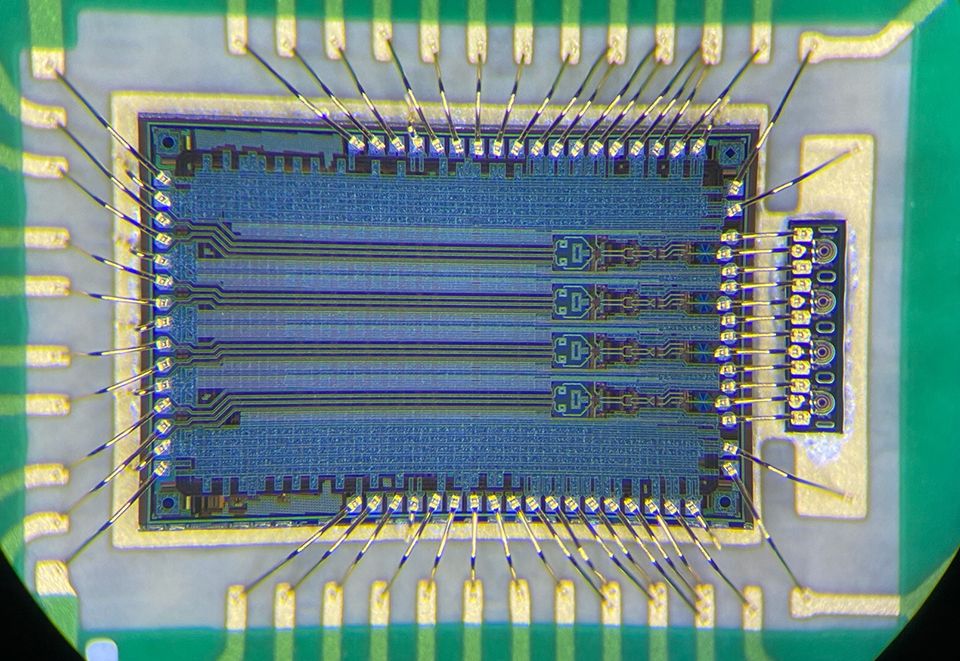The Dutch-Taiwan semiconductor cooperation is focused on photonic integrated circuits (PIC) and its potential in various industries such as data centers, telecommunications, and automotive. A Dutch innovation mission comprising delegates from key players in the Dutch photonics ecosystem, including PhotonDelta, SmartPhotonics, PHIX, and leading research institutions, has arrived in Taiwan on the eve of SEMICON Taiwan.

Silicon photonics (SiPh), a silicon-based photonic IC platform, has garnered significant attention due to its compatibility with the CMOS process for volume production. The SiPh market is projected to reach $3.5 billion by 2025, with data center transceivers, long-haul transceivers, 5G transceivers, and automotive LiDAR accounting for a significant portion of the market.
The Netherlands has a rich history in the PIC industry, with significant contributions to fundamental research and academic collaborations dating back to the 1970s. The country boasts the largest concentration of companies working on PIC technology and has received substantial funding to strengthen its PIC position.
While silicon photonics is more mature and CMOS-compatible, there is no dominant platform for integrated photonics. According to Laurens Weers, CFO of PhotonDelta, the various platforms have different advantages, and the future is likely to be a mix and match driven by different applications. For example, while silicon can't serve as a laser source, InP-based PICs can provide active lasers.
The collaboration with major foundry players like TSMC, Intel, and GlobalFoundries presents a great opportunity for the Dutch ecosystem to further integrate its technology with silicon photonics. The focus is on maturing the supply chain and industrializing the technology. Building partnerships with leading players in the semiconductor industry can leverage their expertise in scaling up production and advancing both front-end and back-end processes.
Albert Hasper, CEO of PHIX, believes that InP-based and SiN-based PIC platforms will work alongside Si-based platforms, and different platforms are needed in photonics due to the diverse applications of SiPh chips. Packaging of PICs is critical for a reliable supply chain, and the industry needs a complete and reliable ecosystem from design to package. Current challenges include the immaturity of design kits and low production volume. Collaboration with Taiwan can help address these challenges and facilitate the transition to high-volume production.
Collaboration with Taiwan and other international partners is essential for the industry to mature and thrive. The Dutch delegates are keen to observe the development of Taiwan's photonics infrastructure and work with Taiwanese customers to advance the industry together.







